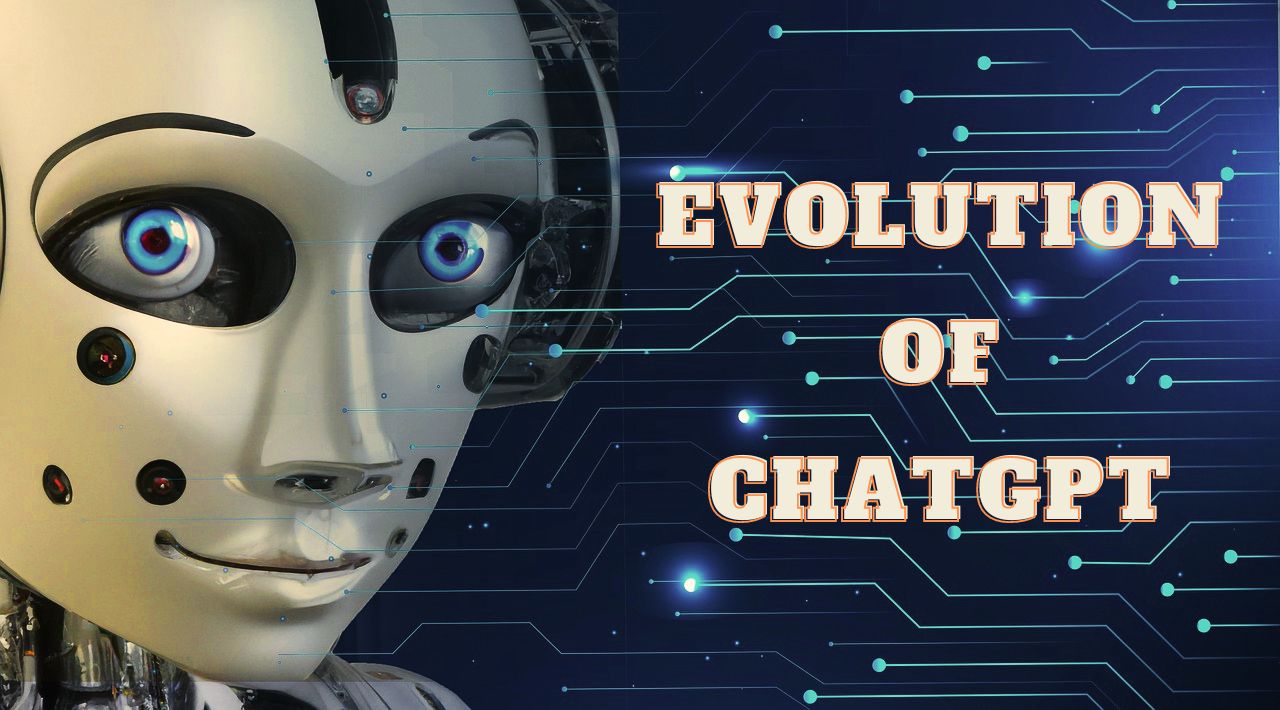Evolution of ChatGPT: A Look Back at its Journey

ChatGPT is a natural language processing AI model developed by OpenAI in 2020. It is one of the largest language models to exist today, with a total of 175 billion parameters. ChatGPT has the ability to read, comprehend, and generate human-like text. It is capable of answering questions, providing information, and engaging in conversations with people. In this article, we will take a closer look at the evolution of ChatGPT and its journey to becoming one of the most advanced AI models in the world.
The Beginning of ChatGPT
The development of ChatGPT began in 2018, with the creation of the original GPT (Generative Pre-trained Transformer) model by OpenAI. The original GPT model had 117 million parameters and was trained on a large corpus of text data. It was able to generate coherent and contextually appropriate text, making it a significant breakthrough in natural language processing. However, OpenAI wanted to take this model to the next level by increasing the number of parameters and training it on even larger datasets.
In 2019, OpenAI released GPT-2, a more advanced version of the original GPT model. GPT-2 had 1.5 billion parameters and was capable of generating human-like text with incredible accuracy. It could also perform a wide range of language tasks, including translation, summarization, and question-answering. GPT-2 caused a stir in the AI community due to its potential to generate fake news and misleading information. Therefore, OpenAI decided not to release the full version of the model to the public, but only made smaller versions available.
The Arrival of ChatGPT
In June 2020, OpenAI released ChatGPT, the largest and most advanced language model to date. It had a staggering 175 billion parameters, making it almost ten times larger than GPT-2. The model was trained on an enormous dataset of over 45 terabytes of text data, including books, articles, and websites. ChatGPT was designed to perform a wide range of language tasks, including translation, summarization, and question-answering. However, its main purpose was to engage in human-like conversations with people.
ChatGPT's Impact on the World
Since its release, ChatGPT has made a significant impact on the world of AI and natural language processing. It has been used in a variety of applications, from chatbots to customer service. ChatGPT's ability to generate human-like text has made it an excellent tool for content creation and copywriting. It can be used to generate product descriptions, marketing copy, and even entire articles.
ChatGPT has also been used in education and training. It can provide students with personalized feedback and help them learn new concepts. ChatGPT's ability to answer questions and provide information has made it an excellent resource for students and researchers.
The Future of ChatGPT
As the technology behind ChatGPT continues to evolve, it is likely that we will see even more advanced language models in the future. These models will have the ability to understand the context and generate even more human-like text. They will be able to engage in complex conversations and perform a wide range of language tasks.
However, as language models become more advanced, there is also a concern about their potential misuse. ChatGPT has already been used to generate fake news and misleading information. Therefore, it is important to ensure that these models are used responsibly and ethically.
Conclusion
ChatGPT has significantly impacted the world of natural language processing and AI. Its journey from the original GPT model to the massive 175 billion parameters ChatGPT has been a remarkable achievement for OpenAI. With its ability to generate human-like text, ChatGPT has the potential to revolutionize content creation, customer service, education, and many other fields. However, as with any advanced technology, caution is also necessary to ensure that it is used ethically and responsibly. The future of language models like ChatGPT is exciting, and we can expect to see even more advances in this field in the coming years.
